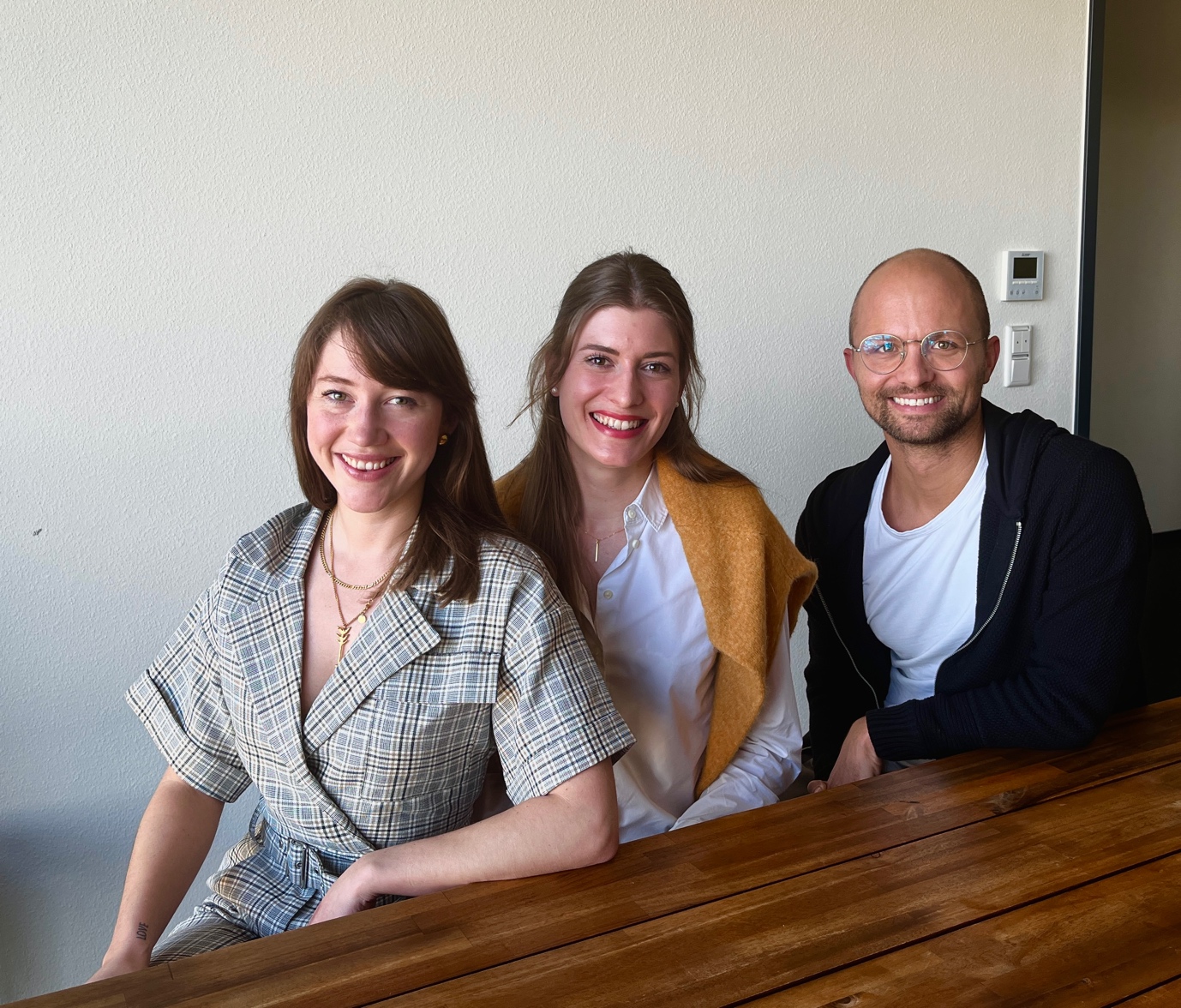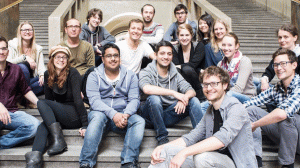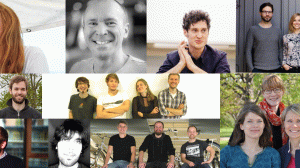What is the glue that binds the individual parts together into a stable whole?
In classical organizations there is often a (1) mission, a (2) vision and a (3) corresponding goal agreement between employees and their superiors. The first two points represent the opinion of the management. The last point ensures the conformity of the actions of the employees with regard to the vision and the mission.
The agreements reached are intended not only to secure one's own position in the power structure, but also to ensure the company's existence in the competitive struggle with its competitors.
And in TEAL organizations? There, these constructs are replaced by the evolutionary sense of an organization. This focuses on collective and long-term goals in the interest of the general public and is detached from the competitive structure. So instead of focusing on how to outperform competitors ("Advantage through technology ", Audi || company strives to be the leading supplier in area x), TEAL organizations focus on their purpose in the community ("using business to inspire and implement solutions to the environmental crisis", Patagonia).
The Evolutionary Purpose is oriented inward, not toward competition
As a result, a company does not tie itself to a specific product and does not try to gain an advantage at the expense of other market participants. Concepts such as competition, growth and profit are understood and weighted differently. Let's go back to our long-term and collective objective in the interest of the general public. Of course, there is a corporate interest in continuing to exist. The difference is: By following an inherent sense of purpose, the employee:inside will continuously adapt to changing conditions.
Let's look at a fictional example: The company Ölius produces hemp oil. Its evolutionary purpose is to establish a circular economy. A committed vegetarian employee notices in production that the residual products are disposed of after oil extraction. He is very fond of buying hemp-based meat substitutes. He starts experimenting in the laboratory together with the experts. After a few trials, he launches a product on the market in which the previous waste products are reused: Another step towards a circular economy has been successfully taken. In the short term, this is accompanied by a reduction in profits due to high initial costs for research and setting up production. In the long term, this decision helps to drive the circular economy and realize the evolutionary purpose of the company.
However, to the frustration of a food chemist involved, not all the leftovers can still be reused. When she talks about this in the evening with her friend from the fashion design sector, she learns that there are hemp-based leather alternatives.
After extensive consultation with the financial experts, she decides not to go into leather production herself. Instead, she seeks cooperation with a company that specializes in vegan alternatives. Together they realize a belt production in which the waste products from food production can be used.
Ölius' evolutionary purpose has paved the way for product diversification. If Ölius had given itself the mission to produce the best hemp oil, the room for maneuver of the co-workers:inside would have been smaller. Thus, Ölius, our fictitious example, has overcome several hurdles at once. Product development expanded the product line and created new revenue opportunities, diversified revenue streams, and reduced "foodwaste." Growth happens sustainably and naturally as a result, but it is not the sole goal of the organization. Neither is profit or profit maximization. This is a by-product. Realizing the evolutionary purpose is the primary motivator of the business.
The big picture starts with the evolutionary purpose
From an evolutionary perspective, the concept of Teal organizations is consistent with the idea that evolution is an ongoing process of growth and development. Just as living organisms evolve over time to adapt to a changing environment, organizations must also evolve to remain relevant and effective.
This aspect also reveals how the other components can now be found and combined into a larger whole. Although we found it difficult to sequence the individual articles, we were sure that in the end a consistent picture of TEAL can be drawn: consisting of ownership, collective knowledge and evolutionary meaning.
At the core is the idea of spreading the entrepreneurial responsibility over many shoulders. Employees are free to develop ideas and implement them, as long as they contribute to the evolutionary sense. This guides all decisions and actions. TEAL organizations embrace this idea of evolution by taking a flexible and adaptive approach to their activities. They emphasize experimentation, learning, and continuous improvement and prioritize the development of their employees to achieve their goals.
In this column, presented in collaboration with enableYou, we want to give a brief overview of the TEAL-concept introduced by Frederic Laloux’s book “Reinventing Organizations”. Through articles and best practices, we are going to lay down the need for a new management paradigm, explain how the Teal-concept provides a possible solution. Within six articles, we share our knowledge about the practical side of this self-organized way of working and deep dive into the evolutionary purpose of TEAL organisations as well as its connection to feminism.
By gaining new perspectives, we want to inspire traditionally organized companies to rethink their structure and be brave to try new concepts, such as Teal.

Our columnists are Andreas Kraus, Kathrin Kastel and Alexandra Wudel. Andreas founded enableYou in 2020 and has the purpose to share human-centric management paradigm as Teal with others. Alexandra works as an Agile Coach in politics. For years, she works as a critical voice in the field of business and technology. Kathrin works as an IT business consultant with a passion for people and new work in SMEs.










